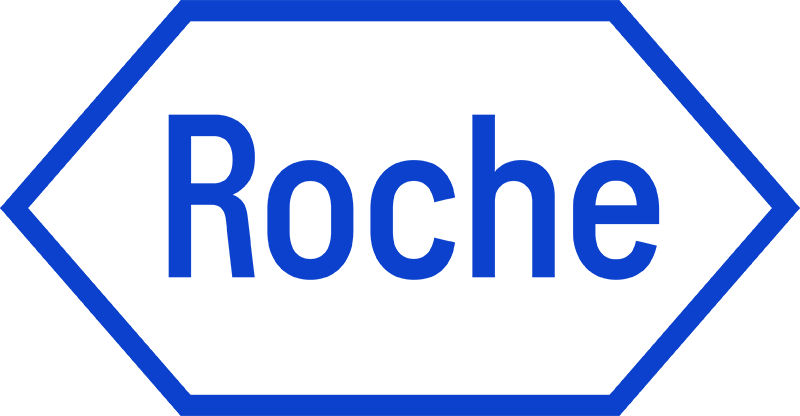Roche's technologies support a safe global blood supply
Roche is dedicated to helping save patients’ lives by delivering state-of-the-art solutions to aid in the protection of the global blood supply from infectious diseases. High-sensitivity blood screening technologies help blood banks to ensure transfusion of safe blood by providing high-quality laboratory tests. Roche provides two blood screening technologies:
- Serological testing using electrochemiluminescence (ECL) technology: Serological testing reduces the risk of transfusion-transmissible infections in blood and blood products by detecting antigens and antibodies to infectious pathogens. This ready-to-use technology makes it easy for laboratory professionals to report reliable results to healthcare providers, enabling them to detect life-threatening blood pathogens before blood transfusion.
- Molecular testing using polymerase chain reaction (PCR) technology: Since PCR was invented in the early 1980’s, Roche has been at the cutting edge of developing new detection technologies to simplify and automate molecular testing. PCR technology detects life-threatening pathogens at the earliest stages of infection by direct detection of viral RNA or DNA.


